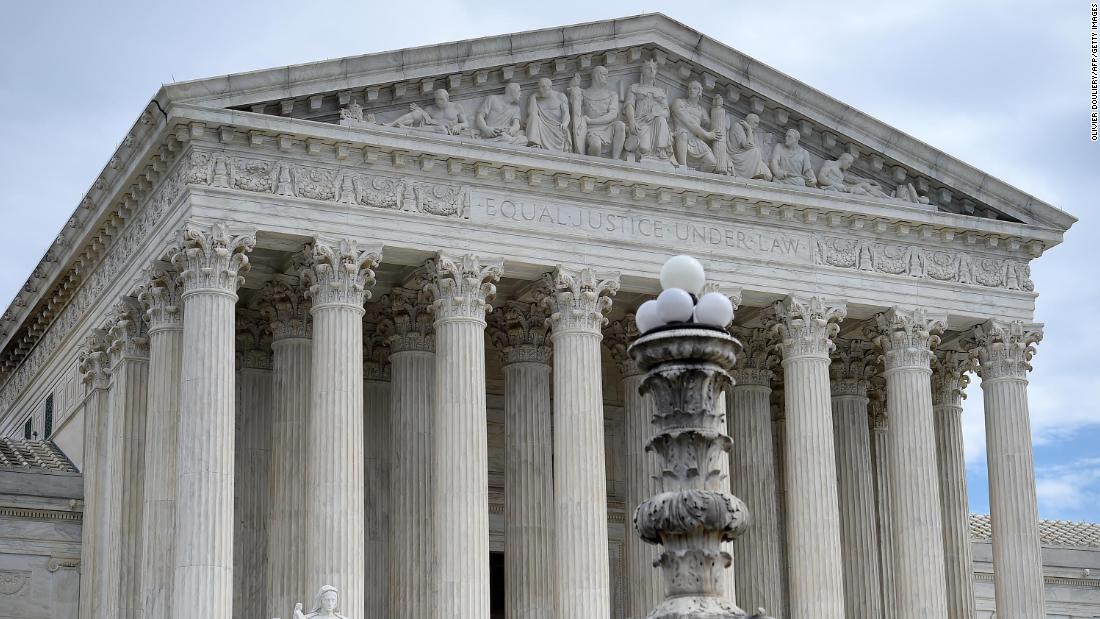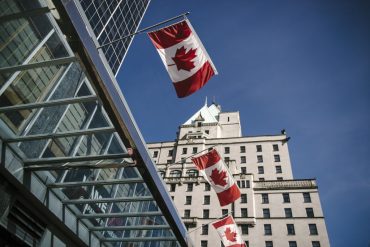Starting Monday, residents in the Halifax Regional Municipality will be limited to only five people gathering in a close social group without physical distancing, down from 10.
This is one of several new COVID-19 protection measures announced in Nova Scotia on Friday, as the premier and chief medical officer of health expressed concern about the 18- to 35-year-olds in the province.
“They are going out when they are feeling sick. They are going out in large groups and frankly different groups and are not distancing,” Stephen McNeil said on Friday.
“They are living as if COVID doesn’t exist.”
The new gathering limits will apply to most of the Halifax Regional Municipality, extending from Peggys Cove to Porters Lake. The part of the municipality east of Porters Lake to Ecum Secum will be exempt since cases are not appearing there.
The limits also include the Enfield and Mount Uniacke areas to the north of Halifax, but they do not apply in Elmsdale and communities north of there.
From Nov. 23, at 12:01 a.m., to Dec. 21, the gathering limits in those areas will be as follows:
- Five people can gather in a close social group without physical distancing, down from 10.
- A household may have more than five members but they may only go outside the home in groups of five.
- Households can only have a maximum of five visitors at a time, regardless of how many people live in the home.
- On-site gatherings at long-term care facilities can have a maximum of five people (including residents and staff), down from 10.
- Adult day programs for seniors who live in the community will not be allowed.
- 25 people, down from 50, can gather with physical distancing for informal indoor and outdoor social events, like a neighbourhood street party.
- Indoor events run by a recognized business or organization can have 50 per cent of the venue’s capacity to a maximum of 100 people with physical distancing, down from 200.
- Outdoor events run by a recognized business or organization can have 150 people with physical distancing, down from 250.
Five new cases Friday
Five new cases were identified on Friday, all in the province’s central zone around the Halifax area. Three cases are under investigation and one was a close contact of an Auburn Drive High School case, while another is connected to a previously reported case.
There are currently 28 active cases in Nova Scotia.
Dr. Robert Strang said community spread is happening in the province now, “and it continues and continues to increase.” He said roughly 10 to 12 of the current cases are tied to community spread.
“While travel sparked our initial cases a few weeks ago, it is now social activity that is fanning the flame and causing the virus to circulate more widely,” Strang said on Friday, adding that they are not seeing cases in ages above or below the 18 to 35 range.
“This is an extremely concerning place to be and should concern all of us, every Nova Scotian. I’m worried about the potential for this situation to snowball.”
McNeil said the province is at a critical point.
“If we don’t act now, it may be too late. That’s why we’re taking a targeted approach in the central zone to contain this virus here and control the spread.”
Auburn Drive, Graham Creighton to close for 2 weeks
Auburn Drive High School in Cole Harbour and Graham Creighton Junior High in Cherry Brook will remain closed for two weeks for a deep clean and as a cautionary measure, after two cases were identified at Auburn and one at Graham Creighton. That includes the gymnasiums and sports programs.
The schools will plan to reopen on Dec. 7.
Students will move to full online learning effective immediately and will be provided with computers as needed.
McNeil said this decision was also made to send a message to other students across the province, who may be watching with anxiety about what is happening at these schools.
“They need to be reassured that we will do everything we can,” he said.
Contact tracing mandatory for all N.S. restaurants, bars
Bar staff on the Halifax peninsula will also undergo voluntary asymptomatic testing over seven days, starting early next week.
Strang said this will be focused on operations that do late-night service. He estimates 500 to 600 staff members will be tested, but it won’t be at every single restaurant and bar.
As of Monday, any restaurants or licensed establishments in the province must collect accurate contact information for each patron. In the Halifax area, people cannot sit at a table with more than five people.
“The employees are there to serve you, not police you. When you break the protocols you are putting them at risk and quite frankly that’s not fair to them or their family,” McNeil said.
New long-term care restrictions
New restrictions were also put in place for long-term care facilities in the province, starting Monday at 12:01 a.m. and lasting until Dec. 21:
- Residents can only leave their facilities for medical and dental appointments. They cannot leave for visits into the community.
- A registered designated caregiver can take a resident for a sight-seeing car ride, but they cannot include additional passengers or stops for shopping, visits of any kind or use drive-thrus.
- A facility can continue sight-seeing outings using their vehicles, but physical distancing is required. No other passengers are permitted in the vehicle and there are no stops of any kind including use of drive-thrus.
“We understand this is challenging for residents and their families,” Strang said. “But we are doing this to protect them from the virus as our case numbers rise.”
Christmas ‘has to be different this year’
Strang also said he is worried about the Christmas season, which is often filled with big gatherings, parties and people piling into shopping malls.
“That’s one of the reasons we’re starting now with tighter restrictions. As I said, hopefully we’ll get things under control and can start to ease off closer to Christmas,” he said.
“People need to get this in their heads now: Christmas or any other festive part of the holiday season has to be different this year…We have to get through the holiday season by practicing COVID safety.”
Strang reiterated that people should not be travelling this Christmas season or bringing people in from outside of the Atlantic bubble. Work and family events should be small numbers.
He also said when it comes to holiday shopping, people need to wear a mask and if they go to a store that’s full, they should go back later when fewer people are there.
“When I look at some of the activity in some of our cases … I’m not that busy in a month compared to how some of these people are around in a day,” Strang said.
“Everybody needs to think about, how much do I really need to go out? How many places do I need to go to?”
Atlantic bubble cases
The active exposure sites in the greater Halifax area are listed here.
There were 1,384 tests completed in Nova Scotia labs on Thursday.
To date, Nova Scotia has had 1,160 confirmed cases and 65 deaths related to the virus.
The latest numbers from around the Atlantic bubble are:
- New Brunswick reported nine new cases of COVID-19 on Friday, bringing the number of active cases to 51. The Saint John region will transition to the orange phase, with seven new cases in that region announced on Friday. New Brunswick is holding a COVID briefing on Friday afternoon.
- Newfoundland and Labrador reported three new cases on Friday and the province now has 13 active cases. One of the new confirmed cases is a man between 20 to 29 years of age, a resident of N.L., who recently returned to the province from Nova Scotia.
- P.E.I. last reported one new case Nov. 11. The province has three active cases.
Symptoms
Anyone with one of the following symptoms should visit the COVID-19 self-assessment website or call 811:
- Fever.
- Cough or worsening of a previous cough.
Anyone with two or more of the following symptoms is also asked to visit the website or call 811:
- Sore throat.
- Headache.
- Shortness of breath.
- Runny nose.

Devoted web advocate. Bacon scholar. Internet lover. Passionate twitteraholic. Unable to type with boxing gloves on. Lifelong beer fanatic.





